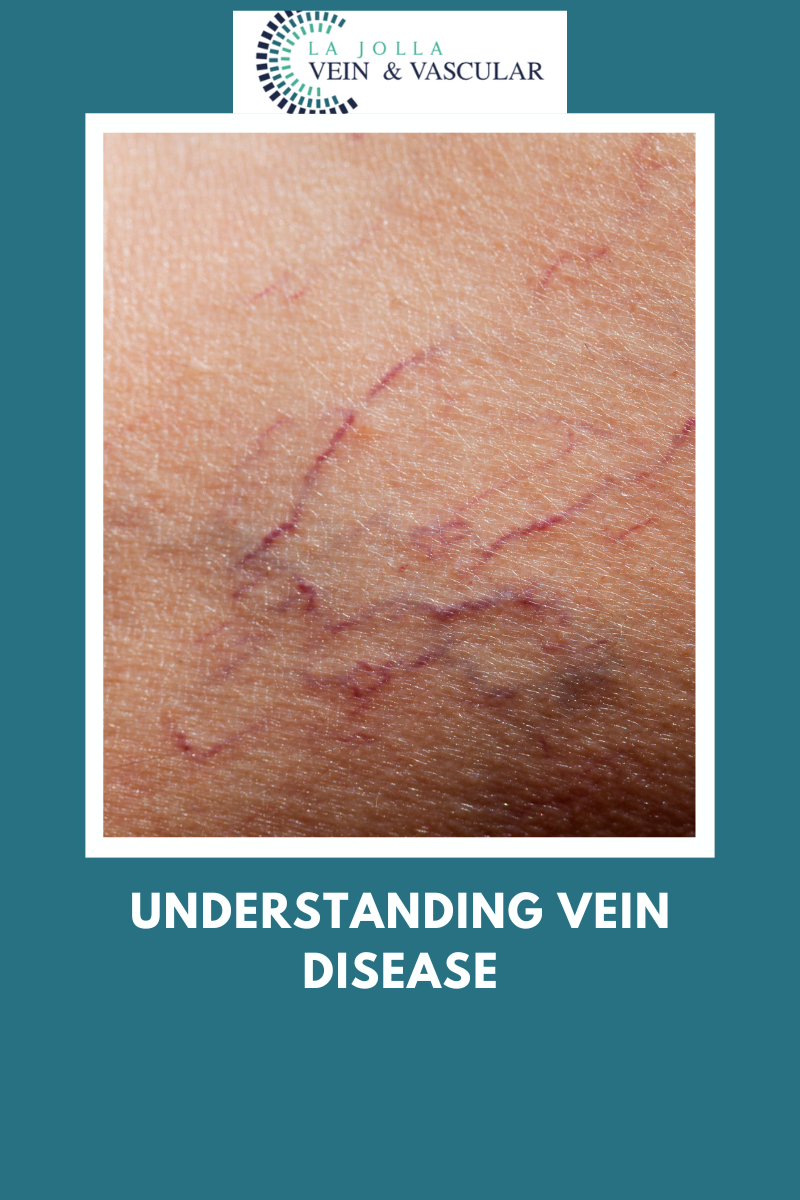Cosmetic Sclerotherapy
LJVascular2023-01-14T13:33:03-08:00Sclerotherapy Treatment for Spider Veins
You have been recommended to have sclerotherapy injections. Spider veins and reticular veins of the legs are most commonly treated with sclerotherapy. Sclerotherapy involves an injection of a medication into the vein. This will cause the vein to collapse and gradually fade away. Sclerotherapy has been used […]











